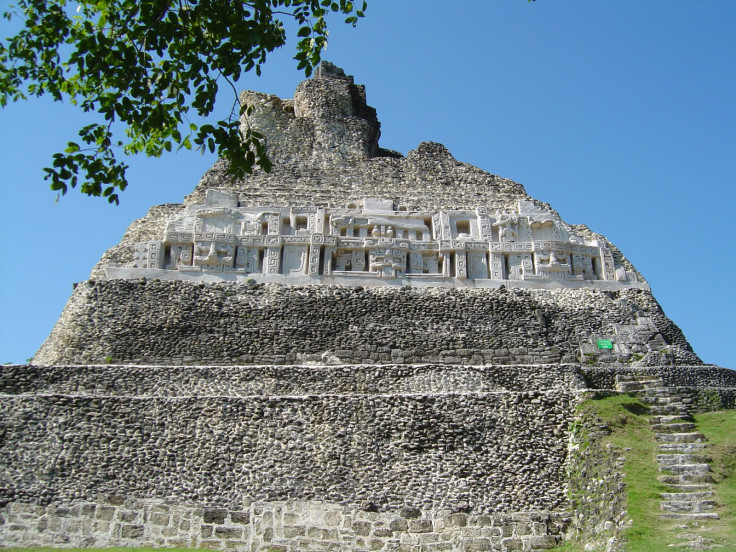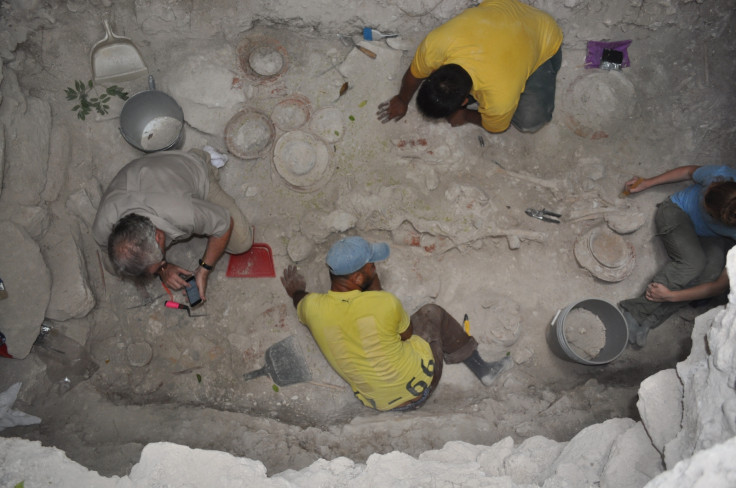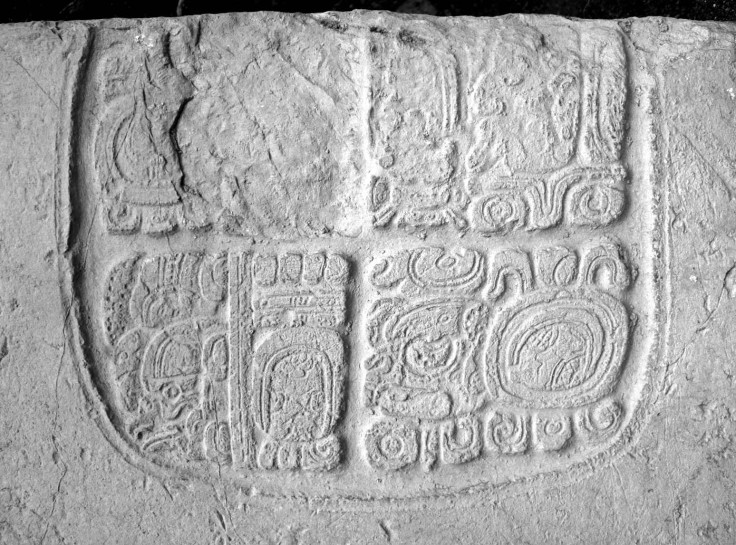First Maya tomb and hieroglyph panels found in Belize tell story of iconic civilisation
Panels are some of the missing fragments from a long-lost hieroglyphic stair.
Archaeologists have found the first-ever royal tomb at the ancient Maya site of Xunantunich, in Belize. Two hieroglyphic panels were also uncovered in the central stairway of the structure enclosing the grave, telling the story of this ancient civilisation in the region.
The Maya civilisation emerged from the Yucatan Peninsula, in the south of what is now Mexico and parts of Belize and Guatemala. It was one of the most advanced and iconic pre-Colombian civilisations. It became fully established during the 3rd and 4th centuries BC, but reached the height of its power between 300 and 900 AD. The Maya people excelled in a range of disciplines, including agriculture, science, arts, pottery and architecture. Impressive buildings and temples like the ones at Xunantunich are a testament to their construction skills.

The tomb found at the heart of the ancient site is that of an adult individual, aged between 20 and 30 years old. Analysis of the bone remains suggest he was male, quite muscular, with an athletic build."He was lying in an extended and supine position with his head to the south. Future analysis of the skeletal remains will allow us to confirm this age, and to determine probable cause of death and other pathologies", lead researcher Jaime Jose Awe told IBTimes UK.
The team was also impressed to find many artefacts and offerings in the grave, including 36 ceramic vessels, a possible necklace with six jade beads, 13 obsidian blades and, more surprisingly, the long bones of jaguar and deer.

The tomb is particularly large, measuring 4.5m by 2.4m. But what makes it really unique is the fact it was erected at the same time as the structure enclosing it. "It appears that the temple was purposely erected for the primary purpose of enclosing the tomb. Except for a very few rare cases, this is not very typical in ancient Maya architecture", Awe explains. Due to the tomb's impressive features, it is presumed the individual buried in it was an important political figure.
Stories of Maya battles and lineage
The royal tomb may be one of the largest found so far in the small Central American nation of Belize and the only at Xunantunich, but it is the two hieroglyphic panels that are currently fascinating archaeologists and epigraphers.
The panels are believed to be part of a hieroglyphic stair that was originally erected at the ancient Maya city of Caracol, about 42km south of Xunantunich. Maya epigraphers believe the hieroglyphic stair was commissioned by the ruler of Caracol, Lord K'an II, to record the story of his victory over the site of Naranjo, 15km west of Xunantunich.
However, when the ruler of Naranjo then defeated Caracol a few decades later, in AD 680, it is believe the hieroglyphic stair was dismantled and taken away to Naranjo. The panels were then reassembled but not in the correct order, with four segments clearly missing. "Epigraphers suggest the panels were purposely reassembled out of syntax in an effort to ensure that it would not be legible, and make no sense", Awe says.
Previously, one of the four missing panels was found during explorations at the site of Ucanal. Another fragmentary panel was also discovered at Caracol. The panels recently discovered near the tomb at Xunantunich may thus be ones to complete the very start and end of the narrative once recorded on the hieroglyphic stair – making the find very exciting for epigraphers studying the Maya world.

An analysis of the hieroglyphs by project member Dr. Christophe Helmke suggests the panels may have been commissioned by Lord K'an II, in 642 AD. They also record the death of the Caracol's ruler mother, Lady Batz' Ek'. From her titles, it seems that she may have been from the site of Yaxha, in what is now Guatemala. She had married the ruler of Caracol as part of a marriage alliance between these sites.
Furthermore, the panels identify a previously unknown ruler from the site of Calakmul, in the present day state of Campeche in Mexico. The final part of the narrative also relates the founding of the so-called Snake-head dynasty at the site of Calakmul, from where these kings would dominate much of lowland Maya politics during the Late Classic period (c. 550 to 900).
Thus, the panels shed a new light on the alliances, battles and power dynamics between Maya cities in the 7th century.
© Copyright IBTimes 2025. All rights reserved.






















